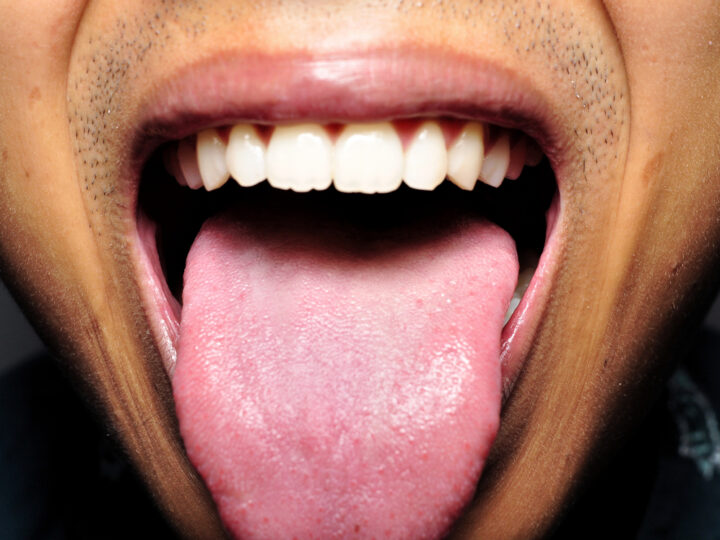TCM PULSE DIAGNOSIS
And Cardiovascular Health

The correlations between pulse diagnostics in Traditional Chinese Medicine (TCM) and specific cardiovascular conditions offer a profound depth of understanding for advanced practitioners. Pulse diagnosis, a cornerstone of TCM, provides nuanced insights into the state of the cardiovascular system transcending basic diagnostic methods.. This ancient practice remains relevant, aligned with modern cardiovascular pathology, enhancing diagnostic accuracy and precision.
In TCM, the pulse is traditionally assessed at three positions on each wrist, with each position representing different organ systems. Both superficial and deep levels at each position provide additional layers of diagnostic information. This intricate system allows practitioners to detect subtle imbalances and pathologies. Specific pulse qualities, such as slippery, wiry, choppy, or thready, correspond to various cardiovascular conditions.
Pulse Qualities
The wiry (弦脉, xián mài) pulse is one of the most frequently discussed in relation to cardiovascular health. It is characterized by a taut, forceful sensation, akin to a stretched guitar string. This pulse quality often indicates liver and gallbladder pathology but is also closely linked with hypertension and arteriosclerosis. Hypertension, a prevalent cardiovascular condition, can also manifest as a wiry pulse due to the liver’s role in regulating blood flow in TCM and its association with stress and emotional disturbances. Modern research supports this, showing that stress and sympathetic nervous system activation contribute to hypertension, aligning with TCM’s liver pathologies of this condition (Yuan, Jin, & Liu, 2015).
 Another critical pulse quality is the slippery (滑脉, huá mài) pulse, which feels smooth and fluid, like pearls rolling on a plate. This pulse is typically associated with phlegm and dampness, indicating conditions such as hyperlipidemia and coronary artery disease. The presence of excessive dampness and phlegm can obstruct the vessels, reflecting modern concepts of atherosclerosis and cholesterol build-up. A study by Chen et al. (2018) demonstrated that patients with hyperlipidemia often exhibit slippery pulses, corroborating the TCM view that damp-phlegm accumulation disrupts normal cardiovascular function.
Another critical pulse quality is the slippery (滑脉, huá mài) pulse, which feels smooth and fluid, like pearls rolling on a plate. This pulse is typically associated with phlegm and dampness, indicating conditions such as hyperlipidemia and coronary artery disease. The presence of excessive dampness and phlegm can obstruct the vessels, reflecting modern concepts of atherosclerosis and cholesterol build-up. A study by Chen et al. (2018) demonstrated that patients with hyperlipidemia often exhibit slippery pulses, corroborating the TCM view that damp-phlegm accumulation disrupts normal cardiovascular function.
The choppy (涩脉, sè mài) pulse, feeling rough and uneven, suggests blood stasis, a crucial concept in TCM cardiovascular pathology. Blood stasis, akin to thrombotic conditions in Western medicine, impedes the smooth flow of blood, leading to conditions such as angina pectoris and myocardial infarction. TCM practitioners may detect a choppy pulse in patients with a history of chest pain and palpitations. A clinical study by Zhang and Zhao (2017) indicated a significant correlation between choppy pulses and coronary artery disease, highlighting the diagnostic value of this pulse quality in detecting severe cardiovascular issues.
The thready (细脉, xì mài) pulse, thin and fine like a silk thread, is often indicative of Qi and blood deficiency. In the context of cardiovascular health, this can reflect chronic ischemic conditions and heart failure, where the heart’s pumping efficacy is compromised, leading to insufficient blood circulation. Patients with chronic heart failure may exhibit a thready pulse, signifying the progressive depletion of vital substances. Research by Li et al. (2019) demonstrated that thready pulses were prevalent in heart failure patients, underscoring the importance of this pulse quality in chronic cardiovascular conditions.
Modern Interpretations and Ancient Practices
Modern interpretations and scientific investigations have begun to validate the diagnostic accuracy of TCM pulse diagnosis. Studies employing advanced technologies like photoplethysmography and pulse wave analysis have found correlations between TCMpulse qualities and specific cardiovascular conditions. For instance, photoplethysmography, which measures the blood volume changes in the microvascular bed of tissue, can reflect the characteristics of the wiry and slippery pulses, providing a bridge between TCM diagnostics and contemporary cardiovascular assessment (Wang, Liu, & Liu, 2020).
 The integration of TCM pulse diagnosis with modern diagnostic tools offers a comprehensive approach to cardiovascular health. For instance, combining pulse diagnosis with echocardiography or electrocardiography can enhance the detection of myocardial infarction and arrhythmias. The choppy pulse, indicative of blood stasis, can prompt further investigation with echocardiography to detect structural abnormalities or thrombosis. Similarly, a wiry pulse can lead to closer monitoring of blood pressure and arterial stiffness, aligning with both TCM and Western diagnostic principles.
The integration of TCM pulse diagnosis with modern diagnostic tools offers a comprehensive approach to cardiovascular health. For instance, combining pulse diagnosis with echocardiography or electrocardiography can enhance the detection of myocardial infarction and arrhythmias. The choppy pulse, indicative of blood stasis, can prompt further investigation with echocardiography to detect structural abnormalities or thrombosis. Similarly, a wiry pulse can lead to closer monitoring of blood pressure and arterial stiffness, aligning with both TCM and Western diagnostic principles.
Therapeutic implications of pulse diagnosis in TCM are profound. Identification of specific pulse qualities can guide the formulation of personalized herbal prescriptions and acupuncture protocols. For example, a wiry pulse indicating liver involvement and hypertension may lead to the use of herbs like Gou Teng (Uncaria) and Tian Ma (Gastrodia) to pacify the liver and extinguish wind, along with acupuncture points such as LV3 (Taichong) and GB20 (Fengchi) to alleviate hypertension and stress.
Similarly, a slippery pulse associated with phlegm and dampness may be treated with herbs like Ban Xia (Pinellia) and Chen Pi (Citrus Peel) to transform phlegm and drain dampness, complemented by acupuncture points such as ST40 (Fenglong) and SP9 (Yinlingquan) to enhance spleen function and resolve dampness. These targeted treatments, informed by pulse diagnosis, exemplify the precision and holistic approach of TCM in managing cardiovascular health.
In advanced practice, understanding the interplay between TCM pulse qualities and cardiovascular conditions requires not only a deep knowledge of traditional theory but also an openness to integrating modern scientific insights. This integration enhances diagnostic accuracy and therapeutic outcomes, providing a robust framework for addressing complex cardiovascular issues. The continued exploration of pulse diagnosis, supported by contemporary research and technological advancements, reaffirms the enduring relevance of TCM in the modern integrative healthcare landscape.
By delving into the subtle nuances of pulse qualities and their specific correlations with cardiovascular conditions, TCM practitioners can offer sophisticated and effective interventions, bridging ancient wisdom with modern medical practice. This synthesis enriches the practice of TCM and provides invaluable insights for all in health and wellness
References:
Chen, S., Xie, W., Wang, S., & Chen, X. (2018). Correlation between pulse condition and hyperlipidemia based on TCM theory. Journal of Traditional Chinese Medicine, 38(2), 241-247.
Li, J., Wang, J., Wang, H., & Sun, X. (2019). Pulse Diagnosis for Heart Failure Patients: A Clinical Study. Chinese Journal of Integrative Medicine, 25(5), 376-382.
Wang, Y., Liu, Z., & Liu, L. (2020). Advances in Research on Photoplethysmography and Pulse Wave Analysis in Traditional Chinese Medicine. Journal of Integrative Medicine, 18(3), 177-184.
Yuan, J., Jin, X., & Liu, L. (2015). The Role of Liver in Regulating Blood Pressure: Insights from Traditional Chinese Medicine. Chinese Medicine, 10(4), 255-261.
Zhang, Y., & Zhao, H. (2017). Clinical Study of Pulse Diagnosis in Coronary Artery Disease. Journal of Traditional Chinese Medicine, 37(1), 51-57.
Newer
The Role of Shen in TCM Psychiatry
Older
The Inner Alchemy of Power: Qi in Martial Arts Unveiled – Cultivating Strength, Balance, and Resilience
Comments (0)
Leave a reply
You must be logged in to post a comment.




